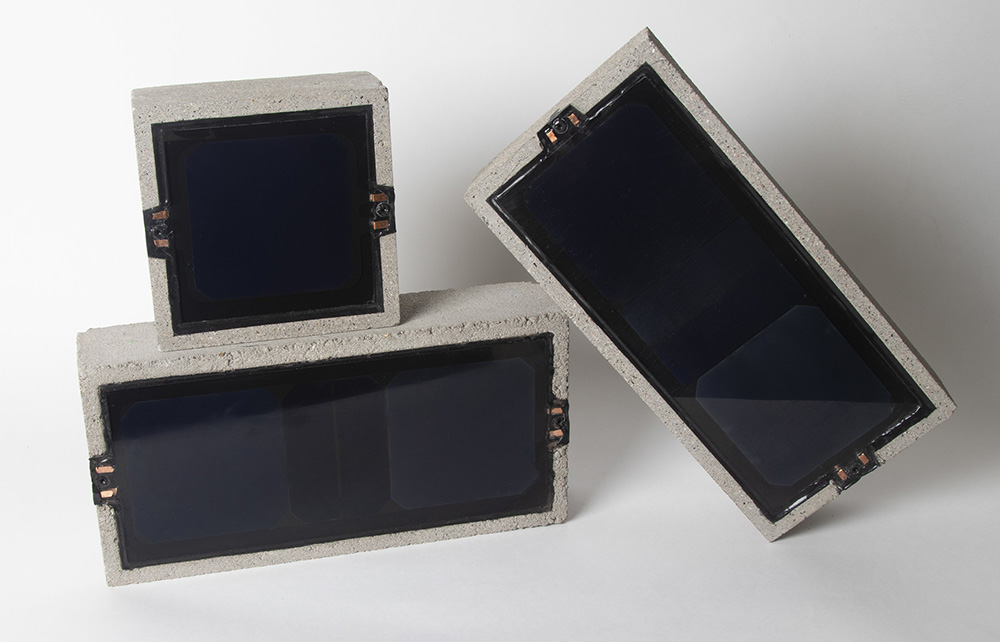News: Green Buildings
Posted: October 25, 2012
New Mass. legislation, Senate Bill 2395, advances clean energy incentives and opportunities
In our last Green Buildings Article published in July, entitled Net Metering: What’s all the Fuss?, we described the benefits of net metering for renewable energy facilities in Mass. Well, kudos to the Mass. legislature for enacting Senate Bill 2395, An Act Relative To Competitively Priced Electricity In The Commonwealth, (the “Act”) for further enhancing Mass.’ net metering program. Signed into law on August 3, 2012, the Act increased the private net metering cap from 1% to 3% and the public net metering cap from 2% to 3%, resulting a total aggregate increase to 6% of peak load. The Act also exempts certain projects from the cap altogether, including facilities whose capacity is under either 10 kW (single-phase) or 25 kW (3-phase), enabling residential and small commercial facilities to develop solar projects without regard to the status of the net metering cap. Further, the Act allows anaerobic digestion facilities to qualify for net metering. Feed stock for these facilities include biodegradable waste materials, such as waste paper, grass clippings, food and animal waste, and sewage. The resulting biogas can be upgraded to biomethane. The Act also promises to bring some relief to the interconnection process, which is closely tied to the issue of net metering caps. Projects that get delayed in the interconnection process run the risk of not qualifying as a net metering facility if they are not “on-line” before the net metering caps are reached. The Act makes progress on this front by directing the DPU to develop enforceable standard interconnection timelines by November 1, 2013, hopefully further facilitating the timely completion of net metering projects. Other noteworthy provisions of the Act include a change to the DEP’s capped landfill program which now classifies “renewable energy projects” as acceptable uses on capped landfills. In addition, a great number of hydroelectric facilities can now count toward Mass.’ goals for renewable and alternative energy under the Commonwealth’s Renewable Portfolio Standard (up from 25 to 30 MW under Class I, and from 5 to 7.5 MW in Class II). With respect to electric distribution companies, the Act increases the amount of power that they must purchase from renewable energy generators under long-term contracts. If you are interested in learning more, installing a renewable energy system or need an independent review, Boreal Renewable Energy Development would be happy to provide our expertise.
Maura McCaffery, Esq. LEED GA, is the director at Boreal Renewable Energy Development, Arlington, Mass. and is a monthly contributing Solar & Wind Renewable Energy author for the New England Real Estate Journal’s Green Building section.
Tags:
Green Buildings
MORE FROM Green Buildings
Bridgeport implements energy efficiency plan with utility partners and regional business council
Bridgeport, CT The flurry of economic development and urban revitalization across the city has cultivated a renewed interest in updating municipal, residential and commercial properties to be more efficient and sustainable. Since 2018, city officials have partnered





.png)